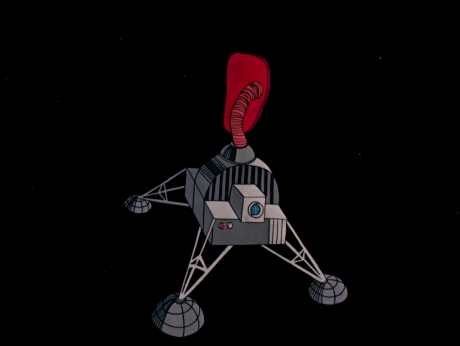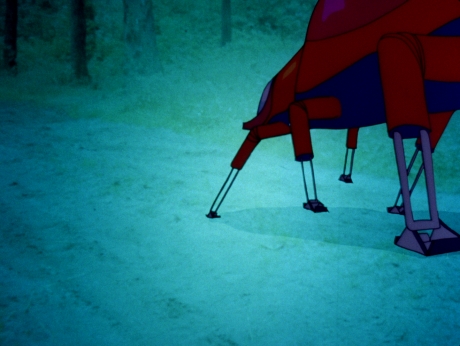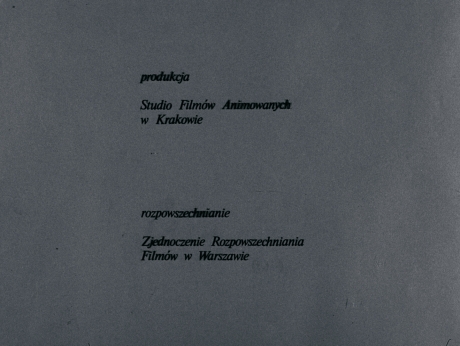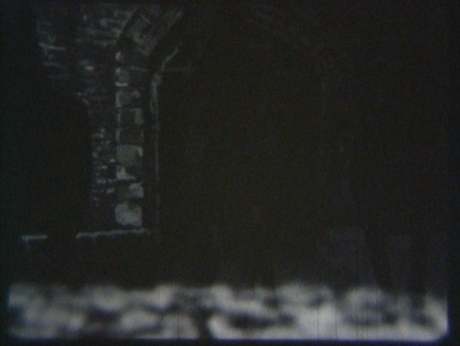
 overview
overview

 storyline
storyline
From outside of the frame we can hear a heart beating. We look into a room where children are playing under the watchful eye of a babysitter. The camera shows a door which is opening. In the second room we can see a woman and her daughter sitting at a table, the mother is drinking coffee. The camera runs faster and faster through the other rooms: it goes through corridors, a mechanical workshop, a churchyard, a hospital hall, laundry, a barn with cows, the inside of a tram, offices, squares, streets, more corridors, and then stops in front of a door with the inscription: “Stop!! Entrance prohibited.” It tries to break down the door, but when it doesn’t work it turns around and retreats as fast as possible.

 comment
comment



















In “Stop!! Entrance prohibited” (1984) Krzysztof Kiwerski refers to the famous film from 10 years back by Zbigniew Rybczyński called “Oh, I can’t stop!”, its main character was also a “subjective camera” destroying everything on its way. The Cracow artist’s camera does not make such a devastation, it tries to force through reality without collision. However when it reaches the inscription “Stop!! Entrance prohibited”, after unsuccessfully trying to break it down, it politely (although on its head – the image is upside down) goes away. In Rybczyński’s film the camera leaves a complete devastation and when it cannot stop it becomes the victim of it itself. The film “Further… further” (1985), Tadeusz Ciesielski’s operator diploma, was similar in its rushing “subjective camera”.
With is surreal poetics, Krzysztof Kiwerski’s story is a collage of live action and strictly visual elements. As the action develops the image registered by the camera – the main character of the film – goes from real to more and more “created”. The creation is completed by Marek Wilczyński’s music full of electronic effects. Jerzy Armata